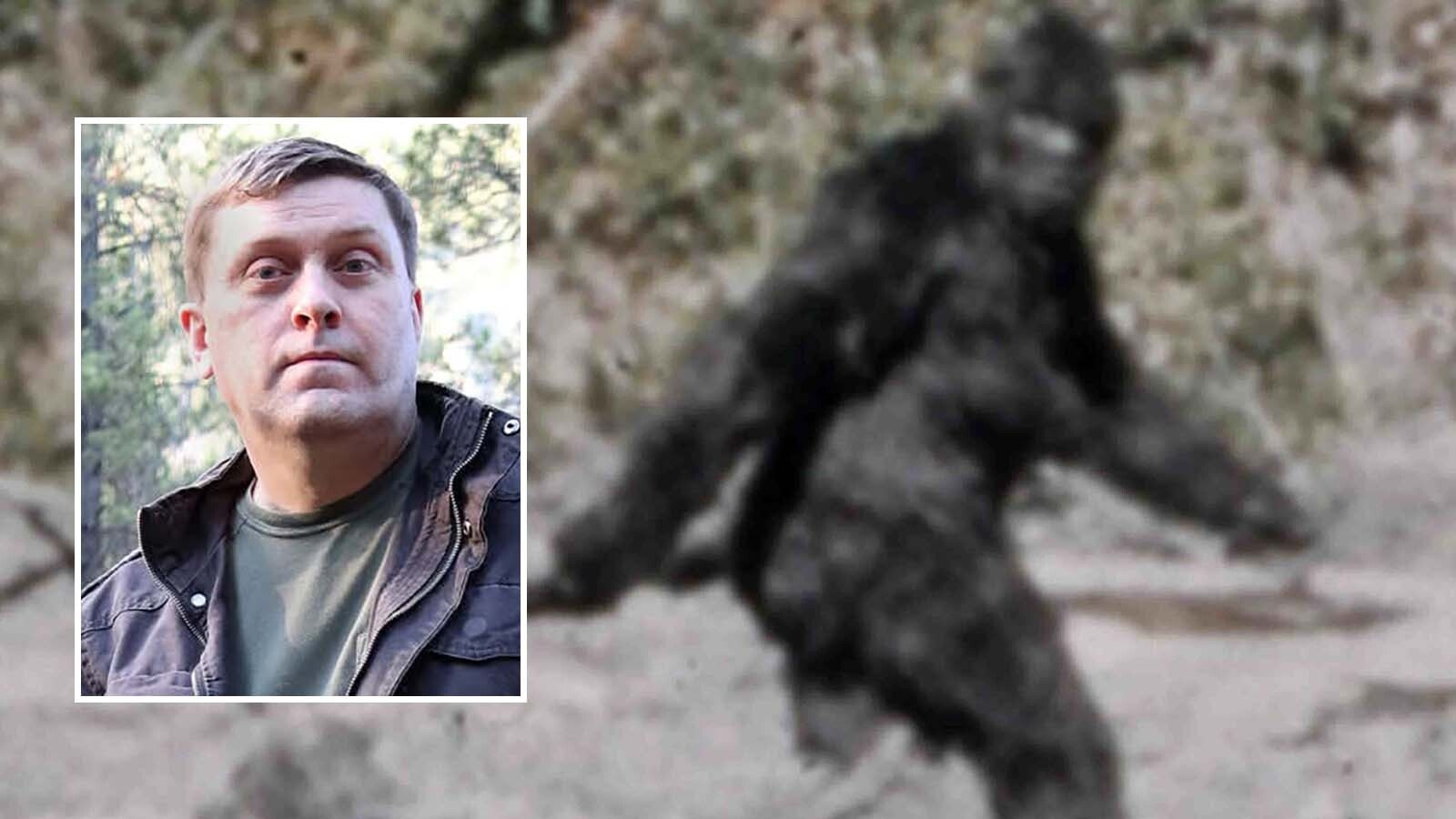The list of wildlife being reestablished in Colorado continues to grow, with bison being the latest.
Bison from Utah’s Book Cliffs herd have been meandering across the state line into Colorado for a while now. The Colorado Parks and Wildlife Commission on Thursday officially recognized them as wildlife, per a bill passed by the Colorado Legislature.
The commission gave bison a dual classification, as livestock and wildlife.
The livestock classification will cover bison that are kept in captivity.
The wildlife designation applies to the wild, free-ranging bison coming in from Utah, and puts them under the jurisdiction of Colorado Parks and Wildlife (CPW).
Bison Not A Controversial Species
Meanwhile, Colorado’s wolf reintroduction program has been fraught with controversy since wolves were first released in December 2023. U.S. Fish and Wildlife Service Director Brian Nesvik recently told the state that it can’t get any more wolves from Canada.
Plans are also in the works to reintroduce wolverines to Colorado, which has likewise stirred controversy.
However, Bison seem welcome in Colorado.
And, for now, they’re essentially considered visitors, Colorado Parks and Wildlife (CPW) spokeswoman Kara Van Hoose told Cowboy State Daily.
“It (bison crossing Utah-Colorado state line) happens occasionally. So, we don’t have an established free-ranging population in Colorado,” she said.
The wildlife designation, which takes effect on Jan. 1, 2026, allows the agency to investigate and cite cases of alleged bison poaching in Colorado, she said.
Without that designation, CPW had no recourse against people killing wild bison in Colorado.

Utah Allows Bison Hunts
Utah has about 1,300 wild bison in three locations, according to the Utah Division of Wildlife Resources (UDWR).
Those include the Antelope Island, Henry Mountains And Book Cliffs herds.
The Book Cliffs area is a wildlife haven. Big game hunting tags there are highly coveted, and extremely difficult to draw. Book Cliffs mule deer hunting is considered some of the best in the West.
A few bison hunting tags are also issued there, UDWR spokeswoman Faith Heaton Jolley told Cowboy State Daily.
The agency has proposed a new management plan for the Book Cliffs herd.
“The new proposed plan would increase the bison population objective and split it between three subunits – Bitter Creek, Little Creek and South – for a total of 650 wintering adult bison, rather than 450,” according to UDWR.
The distribution of bison in the Bitter Creek area has increased, and habitat has improved there, according to the agency.
Brucellosis Worries?
In Montana, there’s controversy over the movement of bison out of Yellowstone National Park.
Ranchers there worry that bison might spread brucellosis to their cattle. Brucellosis causes animals such as bison, cattle and elk to spontaneously abort their calves.
So, ranchers place high importance on their cattle being certified brucellosis free.
That shouldn’t be a concern with the Book Cliffs bison crossing between Utah and Colorado, Jolley said.
“Our biologist and vet just confirmed that brucellosis has never been detected in the Book Cliffs bison herd,” she texted in response to a question from Cowboy State Daily.
Colorado cattle are certified brucellosis-free, and stock growers want to keep it that way, Meeker, Colorado-area rancher Howard Cooper told Cowboy State Daily.
“The main thing is to make sure they (the bison) are brucellosis-free, because of the economic damage to a cattle herd that brucellosis can cause if it moves through that herd,” he said.
“If we are assured that the buffalo coming over from Utah into Colorado are brucellosis free, then I have no problem with it. But they have to prove that to us,” Cooper said.
The Ute Tribe introduced bison in the Hill Creek area of the Uintah and Ouray reservation in 1986, according to UDWR.
In 2008, the tribe and UDWR released bison in the Book Cliffs area, adjacent to tribal lands.
The tribe and the agency each conduct independent, yearly brucellosis tests on the herd, according to UDWR.
A Genetically Pure Herd
The Book Cliffs bison herd is worth protecting on both sides of the state line because those bison “are known to be extremely genetically pure,” Colorado resident Alli Henderson, the regional director for the Center for Biological Diversity, told Cowboy State Daily.
She said she was pleased to hear that the bison will be put under professional wildlife management in Colorado and protected from illegal killing.
As an historical species in the area, the bison should be regarded as native wildlife, she added.
“I think Colorado should champion the fact that we like to protect our native wildlife,” she said.
Mark Heinz can be reached at mark@cowboystatedaily.com.





